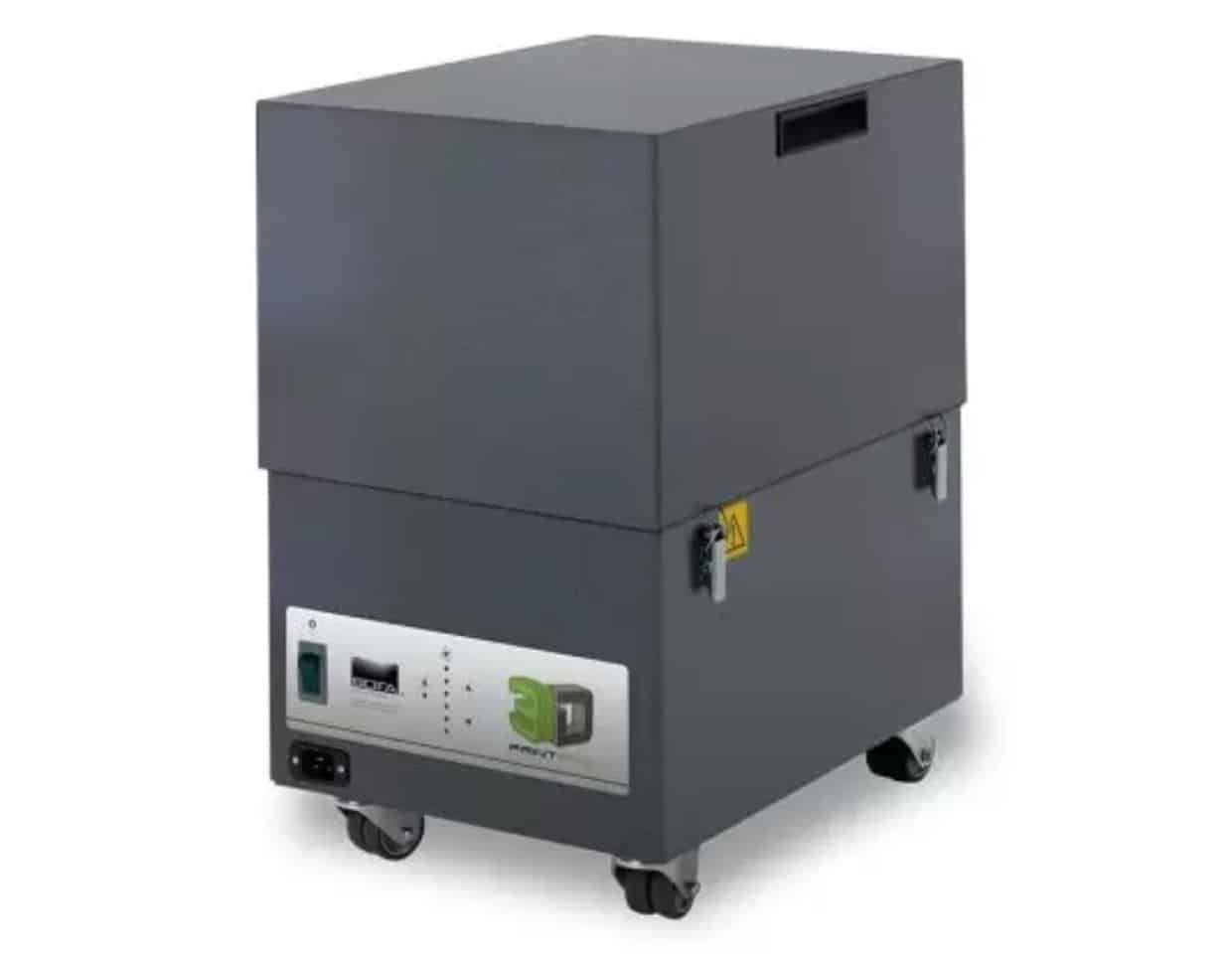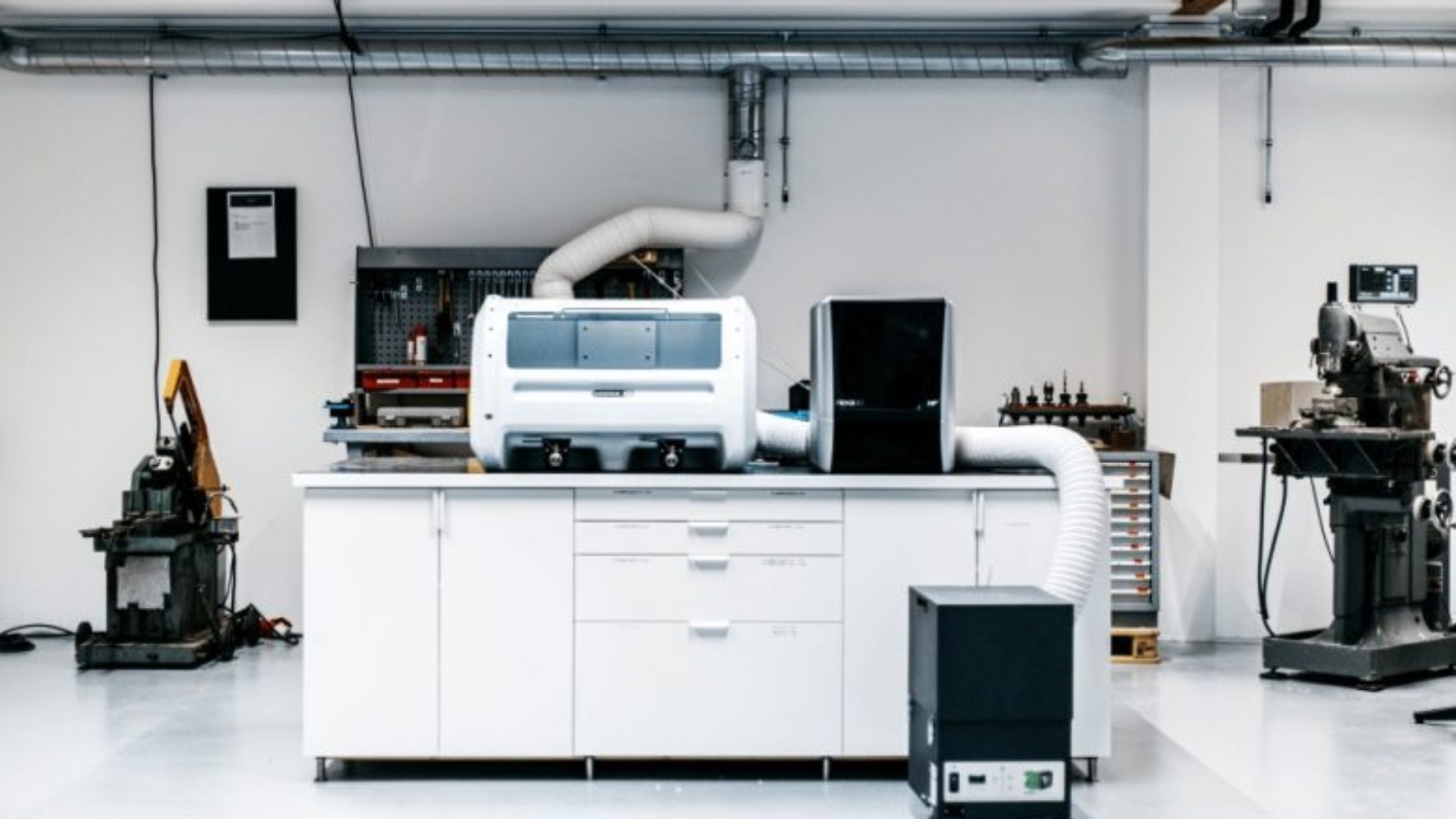From toucan beaks and F1 steering wheels to bespoke medical devices and ultra-comfy bicycle seats, the world of 3D printing is rapidly evolving…and driving demand for a new generation of functional materials, which require more advanced filtration equipment. Such as the new 3D Print PRO 4 and 3D PrintPRO HT devices from BOFA.
These materials possess precise physical properties, such as strength, fire retardation, flexibility and scratch resistance, that meet specific product specifications. Many also require high-temperature 3D environments for processing, which, according to research by leading portable filtration specialists BOFA International, increases the potential for off-gassing, which can be toxic and smelly, and particulate emissions.

Manufacturing on Demand
The result is the company’s 3D PrintPRO HT, currently in development, which uses advanced electronics components, thermal insulation and innovative air management to help deliver high levels of filtration performance while maintaining the desired operating temperatures through active convection.
At the same time, BOFA has re-designed its 3D PrintPRO 4 system to include more advanced multi-stage gas filtration, including a deeper carbon bed to filter a greater volume of fume. This helps extend filter life and helps create safer odorless print operations.
Haydn Knight, Sales and Marketing Director at BOFA, said: “These latest innovations from BOFA enable equipment manufacturers to meet growing market demand for technology capable of working new generation functional materials. Effective filtration and temperature control are increasingly important to 3D print processes, so systems such as our 3D PrintPRO HT have a vital role to play in enabling an agile additive manufacturing environment.”
BOFA will be exhibiting the 3D PrintPRO 4 and 3D PrintPRO HT, along with its full range of additive manufacturing filtration systems, at Formnext 2022 in Frankfurt, from November 15-18.
You might also like:
Plasmics launches campaign for INo Trident induction-heated nozzle: “Along with the nozzle, the hotend is the part of the 3D printer with the highest impact on printing quality. Conventional resist-heated nozzles often do not maintain a constant temperature during extrusion because of the slow heat transfer. This, in turn, leads to speed limitations and oozing. That’s why we developed the Plasmics INo Trident – to be able to solve all these issues,” says Konrad Schreiner, CEO of Plasmics.
* This article is reprinted from 3D Printing Media Network. If you are involved in infringement, please contact us to delete it.
Author: 3D Printing Media Network


Leave A Comment